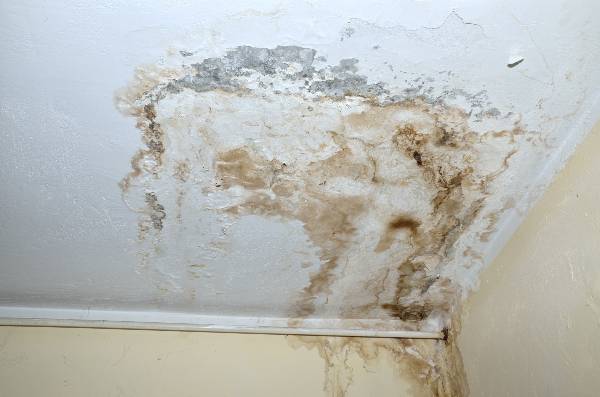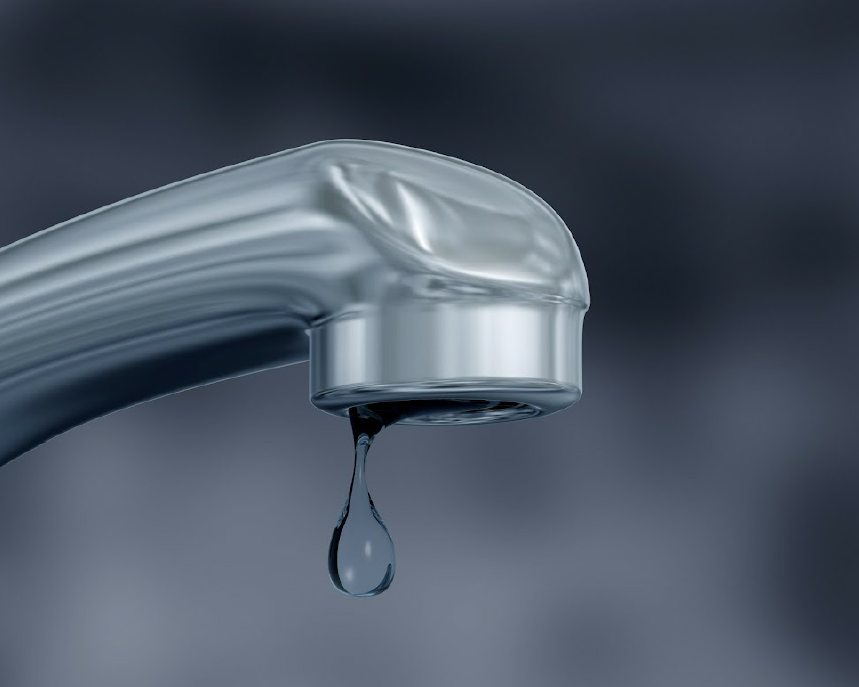The writer is making a few great annotation regarding Hacks to detect leaks in general in this post directly below.

Early detection of leaking water lines can mitigate a possible calamity. Besides conserving you money, it will certainly reduce the stress as well as stress. The moment you discover a leak, calling your plumber for fixings is the best service. However, some tiny water leakages might not be visible. If you can not spot it with your nude eyes, below are some hacks that aid.
1. Analyze the Water Meter
Every residence has a water meter. Inspecting it is a guaranteed way that assists you uncover leakages. For beginners, turn off all the water resources. Guarantee nobody will purge, use the tap, shower, run the cleaning equipment or dish washer. From there, go to the meter and watch if it will alter. Because nobody is using it, there ought to be no motions. If it relocates, that indicates a fast-moving leakage. Similarly, if you find no changes, wait a hr or two and check back once more. This indicates you may have a slow leakage that can also be underground.
2. Inspect Water Consumption
Evaluate your water expenses and also track your water consumption. As the one paying it, you ought to notice if there are any discrepancies. If you detect sudden changes, despite your usage coinciding, it implies that you have leakages in your plumbing system. Keep in mind, your water expense ought to fall under the same array every month. An unexpected spike in your costs suggests a fast-moving leakage.
Meanwhile, a constant boost every month, despite the same routines, reveals you have a sluggish leakage that's also gradually escalating. Call a plumber to completely check your building, particularly if you feel a warm area on your floor with piping underneath.
3. Do a Food Coloring Examination
When it comes to water usage, 30% comes from toilets. If the color in some way infiltrates your dish throughout that time without flushing, there's a leak between the container and bowl.
4. Asses Exterior Lines
Do not neglect to inspect your exterior water lines too. Test faucets by attaching a yard pipe. Should water seep out of the link, you have a loosened rubber gasket. Replace this and make certain all connections are limited. If you've obtained a sprinkler system, it will aid get it skillfully checked out and also preserved yearly. One tiny leak can waste lots of water and also spike your water bill.
5. Inspect and Examine the Situation
Property owners need to make it a practice to check under the sink counters and also also inside cupboards for any type of bad odor or mold and mildew growth. These 2 red flags show a leak so timely interest is required. Doing routine examinations, even bi-annually, can conserve you from a significant trouble.
Examine for stainings and also weakening as a lot of appliances and pipelines have a life expectancy. If you believe dripping water lines in your plumbing system, do not wait for it to escalate.
Early discovery of dripping water lines can minimize a potential catastrophe. Some small water leakages might not be visible. Examining it is a proven means that aids you find leaks. One small leak can squander bunches of water and also increase your water costs.
If you suspect leaking water lines in your plumbing system, don't wait for it to rise.
WARNING SIGNS OF WATER LEAKAGE BEHIND THE WALL
PERSISTENT MUSTY ODORS
As water slowly drips from a leaky pipe inside the wall, flooring and sheetrock stay damp and develop an odor similar to wet cardboard. It generates a musty smell that can help you find hidden leaks.
MOLD IN UNUSUAL AREAS
Mold usually grows in wet areas like kitchens, baths and laundry rooms. If you spot the stuff on walls or baseboards in other rooms of the house, it’s a good indicator of undetected water leaks.
STAINS THAT GROW
When mold thrives around a leaky pipe, it sometimes takes hold on the inside surface of the affected wall. A growing stain on otherwise clean sheetrock is often your sign of a hidden plumbing problem.
PEELING OR BUBBLING WALLPAPER / PAINT
This clue is easy to miss in rooms that don’t get much use. When you see wallpaper separating along seams or paint bubbling or flaking off the wall, blame sheetrock that stays wet because of an undetected leak.
BUCKLED CEILINGS AND STAINED FLOORS
If ceilings or floors in bathrooms, kitchens or laundry areas develop structural problems, don’t rule out constant damp inside the walls. Wet sheetrock can affect adjacent framing, flooring and ceilings.
https://www.servicemasterbyzaba.com/blog/how-to-detect-water-leakage-in-walls/

As an enthusiastic reader about Hacks to detect leaks, I thought sharing that excerpt was essential. Sharing is nice. Helping others is fun. I recognize the value of reading our article about Detecting hidden plumbing leaks.